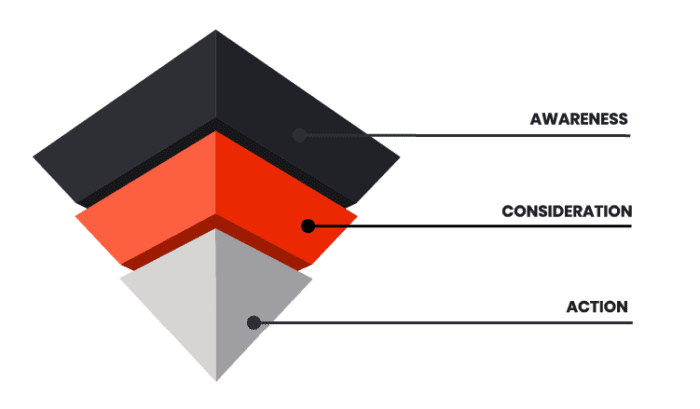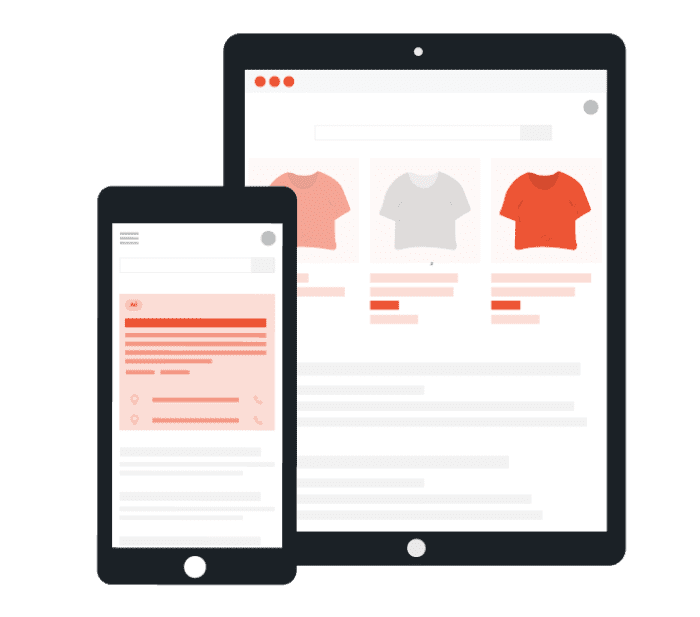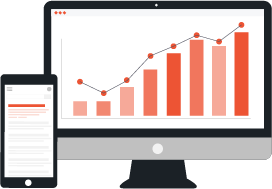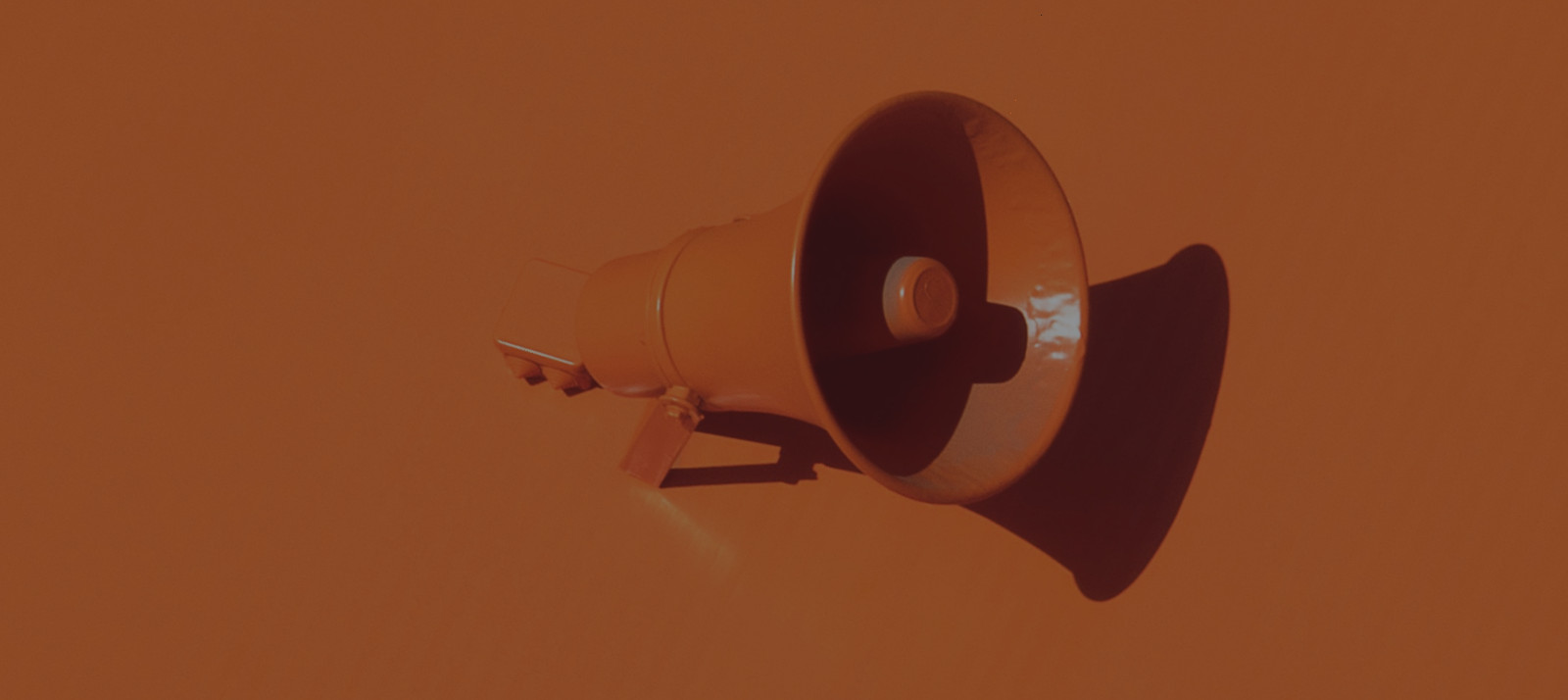Wouldn’t it be amazing if consumers who were in-market for your products or services would think of your brand first? Many successful e-commerce and lead generation businesses are able to make this happen by building and sustaining a strong brand awareness in their market.
Digital advertising is becoming an essential part of any marketing strategy because it is a cost-effective way to reach your desired audience at the right time. When businesses start to learn the importance of digital advertising they start by investing the majority of their budgets in lower-funnel tactics. They rightfully do so because these tactics often get all the credit for the conversions generated and the return on advertising spent (ROAS) can be quickly calculated. However, top-funnel initiatives shouldn’t be overlooked! Investing in brand awareness initiatives, organic or paid, will reinforce brand loyalty, which leads to an increase in market share and sales.

There are a number of channels that can be used to build brand awareness for any business. Here are the most popular and effective ones in our opinion:

Build Brand Awareness with Paid Search
Paid Search allows businesses to show an ad on search engines like Google and Bing when users look for a specific query. Although mostly associated with bottom-funnel initiatives, paid search can be very effective when it comes to building brand awareness.
To grow brand awareness on search engines, focus on generic keywords related to your product or service. If you sell coffee machines, showing up on search results like “buy coffee machine” is vital. Pay attention to your ad copy – your brand name should be clearly visible. Even if people don’t click your ad, at least they’ll see (and hopefully remember) your brand name. You might also want to bid on your competitors’ brand name to increase brand awareness. These tactics can take your brand from not ringing a bell to being top of mind.

Programmatic Advertising to Increase Brand Recognition
Programmatic advertising is the use of machine intelligence to buy ad placements in real-time. It offers a variety of advertising formats and targeting capabilities to reach your desired audience at the right time and place. See how Bloom uses programmatic to increase sales and brand recall here.
Native Ads
Native advertising is one of the most effective forms of advertising out there, because of its non-intrusive nature. In fact, native advertising has the look and feel of any organic content allowing it to have greater scale and reach. Take a look at a few examples of native advertising here. As you can see from these examples, it is a great upper-funnel tactic for content distribution and amplification.
Display Ads
Digital advertisers are most familiar with display ads, also known as banner ads. Display ads can be seen on websites and apps in the form of text, image or animation. Display advertising is available programmatically and on Google Ads through its Display Network (GDN). As a digital marketing agency, we’ve been using Google Display Ads for a very long time now, and we know how effective they can be to grow brand awareness at a very low-cost. That said, GDN doesn’t always have access to all the “premium websites” that programmatic ad buying can offer.
Video Ads
Video ads are a great format to include in a brand awareness strategy because it offers brands an opportunity to tell their story and capture attention. Video ads can come in the form of in-stream, outstream, interstitial and native.
Connected TV (CTV) Ads
Connected TV advertising is a form of video ads that is displayed on a traditional TV. Just like linear TV, the ad occupies real estate in a household or office however the TV or OTT (over-the-top) device is connected to the internet. Although CTV advertising is a fairly new format, eMarketer estimates “the number of cord-cutter and cord-never households will increase from 48.9 million this year to 61.5 million in 2023”. Unlike traditional TV buying, CTV provides a tremendous amount of opportunity for brand recognition from your desired target audience at a more affordable price without large upfront costs.

Social Media Advertising and Brand Awareness
Social media advertising offers a ton of placements and formats to present branded content to users. It’s unique targeting possibilities are also incredibly useful for brands looking to reach new audiences.
Facebook and Instagram Ads
Facebook’s advertising platform offers a wide variety of ad placements and ad formats to help increase brand awareness. This versatility gives brands a great deal of creative freedom: videos, gifs, images, stories, instant experiences, etc. Second off, Facebook Ads’ algorithm can automatically optimize your campaigns to increase reach or video views. And finally, Facebook offers various targeting options to reach new users: interest-based audiences and lookalike audiences are the most effective ones in our opinion.
YouTube Ads
According to Sprout Social, 90% (!) of YouTube ads drive a lift in brand recall. Videos are known to be incredibly powerful when it comes to brand awareness because they are memorable, attention-grabbing and engaging.
Bumper ads (6-second, non-skippable videos) or in-stream ads (15-second, non-skippable video) will catch your potential customers’ attention quickly and get them interested in your brand.
Linkedin Advertising
LinkedIn Ads are more expensive because they offer more of a premium ad experience and laser-sharp targeting. For example, you can serve your ads to marketing managers in the real estate vertical with more than 5 years of experience.
LinkedIn Ads is also an amazing platform for Account-based marketing (ABM). Let’s say you have a list of companies you want to work with, you can specifically serve your ads to decision-makers within those companies.
Influence marketing
In recent years, brands (mostly in the fashion, lifestyle, beauty, gaming or travel industry) have also been using influencer marketing on social media to reach a wider and more qualified audience. Especially effective with millennials, influence marketing can increase a brand’s trustworthiness and influence purchase decisions.

Drive More First-Time Users to Your Site with Search Engine Optimization (SEO)
Although paid media is an effective way to build brand awareness quickly, investing in organic initiatives, like search engine optimization, can have a big pay off in the long run. Furthermore, setting a foundation to build brand awareness organically will help reduce your reliance on paid media channels over time.
If your website is showing up organically on the first page, chances are, you’ll drive more traffic, and new users, to your site. SEO can take a lifetime to master but some common search engine optimization tactics include:
- Adding relevant keywords to your pages, meta-tags, and meta-descriptions
- Creating and publishing content on your website regularly
- Getting more websites to link to your site, a process called link building
Local SEO
If you are a local business, creating brand awareness with people near you is crucial. The best way to do so is to optimize local directories such as Yelp, Google My Business, and Yellow Pages.
Another great way to increase brand awareness in a specific area is to add local keywords and local pages for each of your locations. For example, if you own a sushi restaurant in Montreal and one in Toronto, you’ll want to create a web page for each location. Therefore you’ll have better chances of ranking on search engines for specific local queries such as: sushi restaurants in Montreal, sushi Toronto, etc. Make sure your location also appears in your page title and description.
Content Marketing
Content marketing is the process of creating relevant and valuable content to attract and retain potential customers. Consider creating content about trends, frequent questions, common misconceptions, news, how-to’s, important insights, etc. By pinpointing the high-volume topics related to your industry or your brand, you’ll create content that resonates with your audience.
With a strong content strategy, you’ll be able to capture users’ attention when they are looking for information about your product or industry online. Being present in these micro-moments will position your brand as credible, resourceful and trustworthy, improving the chances of new potential customers wanting to do business with you.
In addition, co-sponsored content marketing can take your strategy to the next level. Try guest posting on another brands’ blog or co-write a whitepaper to increase your visibility in a specific market.

Social Media Marketing: The Foundation Of Brand Awareness
Brands have been using social media to build brand awareness for years now because social platforms like Facebook, Instagram, LinkedIn, Snapchat or Pinterest offer a direct line of communication with their target audience.
The key to growing your notoriety through social media is engagement. When your audience engages with your social media posts through likes, shares, and comments, the higher your reach will be. To create highly engaging content:
- Focus on storytelling
- Use different formats like gifs and videos
- Be authentic and original
- Share actionable information or exclusive content
- Test and optimize your content based on past performance
The Perfect Recipe to Increase Brand Awareness
Although each of the tactics mentioned above may be efficient on their own, combining both organic and paid efforts will have a greater impact on your bottom line and ensure long term success. Diversifying your marketing touchpoints will not only skyrocket your brand’s growth, but also ensure your brand stays competitive in a crowded market.
Need help building a strong digital marketing strategy to increase brand awareness and sales? get a proposal here.
Read it first:
Get new articles delivered to your inbox
ABOUT THE AUTHOR
Jeff Johnson
Vice-President of Paid Media @ Bloom




Share this: